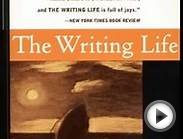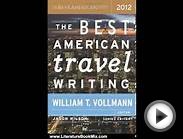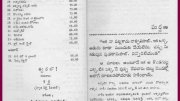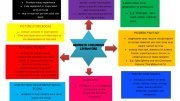 If you've ever wondered what a literature review is,
If you've ever wondered what a literature review is,
this article will answer your questions and teach you
the basics of organizing and writing a review.
If you've ever written a research paper, it's likely you've done some form of literature review. A literature review is a survey of current books and articles on a particular topic. While they may sound tedious, literature reviews are helpful windows into the cutting edge of any field.
Literature reviews are often closely associated with annotated bibliographies, which also list and analyze scholarly sources. However, unlike an annotated bibliography, a literature review is usually written in the form of an essay, with full paragraphs, an introduction, and a conclusion. Literature reviews also differ from book reviews, despite their similar names, since they focus on bodies of work rather than singular sources.
Why are literature reviews important?
Doing a literature review is the first step to writing a great research paper. Whether you know a lot about a topic or only a little, a literature review will help familiarize you with the most important scholars, themes, and sources in the field.
Since most researchers draw on networks of other scholarship, reviewing literature can also help you find sources that you didn't know about before. For example, the citations in a journal article or book often direct you to seminal works in the field. Even if you can't read every last paper, a literature review will leave you better informed about where to turn if you need more information.
What are the stages of writing a literature review?
Poring over books and articles for a literature review takes some dedication. By dividing up your work into four different steps, you'll save time and finish your review faster.
1) Research
A thorough amount of research is a prerequisite for writing a good literature review. In the research stage, you should visit a library or browse a journal database to begin collecting your sources. Start by searching for a broad topic and hone in on your research question as you become more confident about your subject.
2) Consolidation of information
Next, you should compile all the information that you've gleaned from your research. Aim to organize your notes in a way that's logical, such as thematically or chronologically. It may be helpful to use visual aids, such as charts or graphs, to keep track of all the sources you’ve surveyed. For every book or article, make note of the full author's name, title, and publishing information, so that you can use these details in your bibliography.
3) Analysis
Now you can go back over the data that you've collected and look for connections between sources and your research question. You can also expand your notes from the consolidation phase and categorize each source by the author's main argument and type of evidence. This will help simplify your analysis and make it easier to draw conclusions in your literature review.
4) Presentation
The final stage is when you put everything you know onto paper. Introduce readers to your research question and lead them through existing scholarly works, starting with the most impactful and important sources. Don’t forget to write an introduction, make transitions between paragraphs, and present a conclusion.
Source: www.scribendi.com
You might also like:



Related posts:
- Writing literature reviews Galvan online
- What is literature review?
- Writing literature review outline
- Writing literature reviews Galvan
























You will have to scrutinize the whole paper.
Then you have to select the most powerful points in the paper, however, remember to select at least one point from each argument you have written in your paper.
Put those points together.
Now read them and if you like keep them as the outline, or,
Rewrite them in the way you like to serve as the outline of you paper.